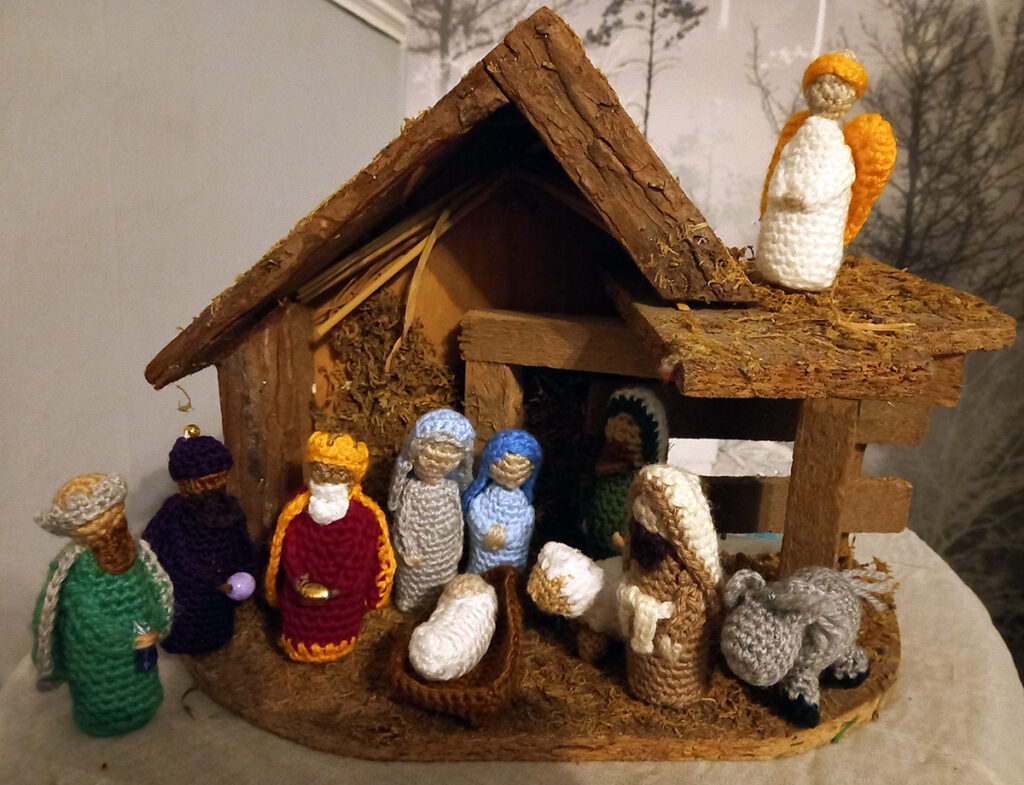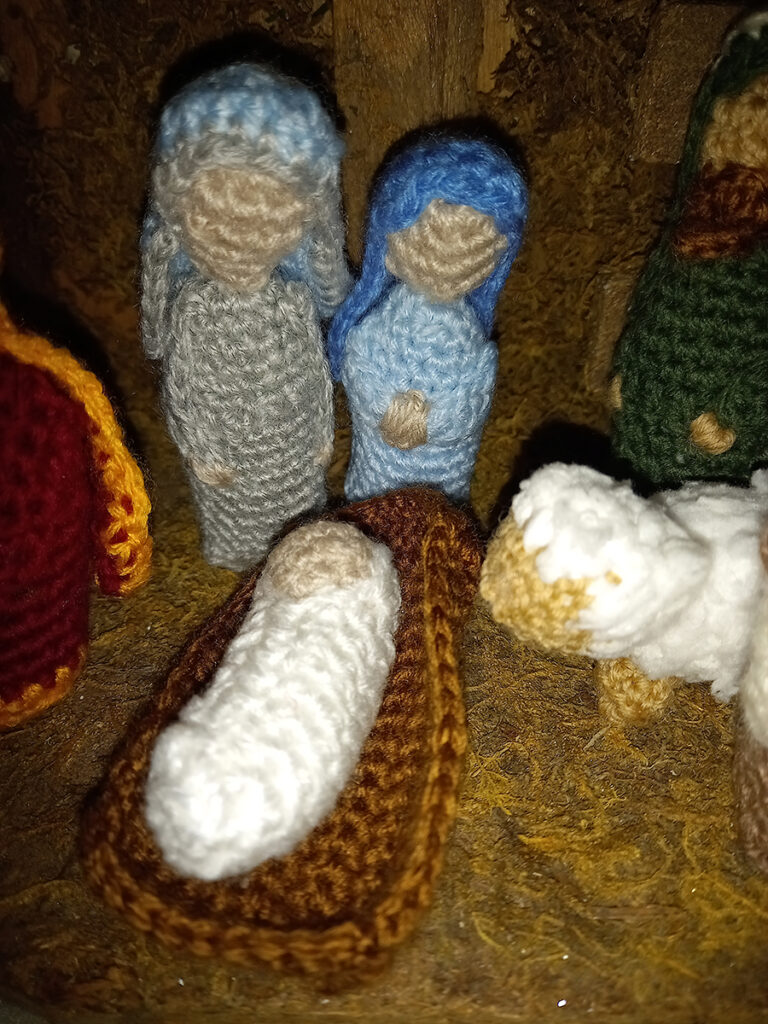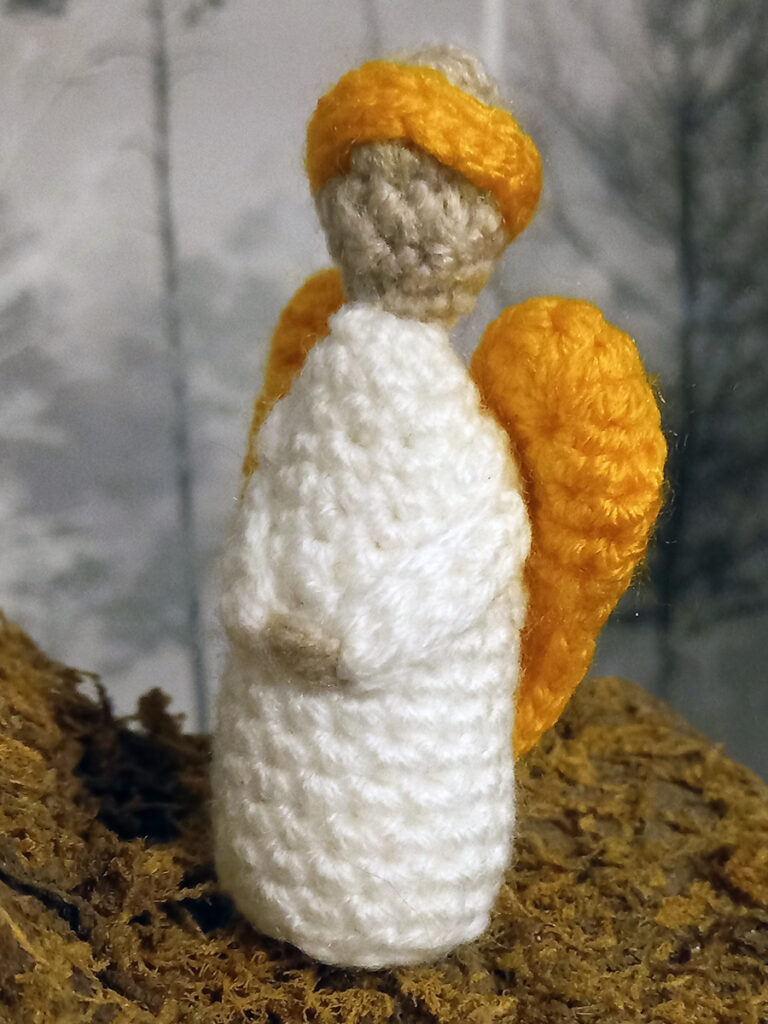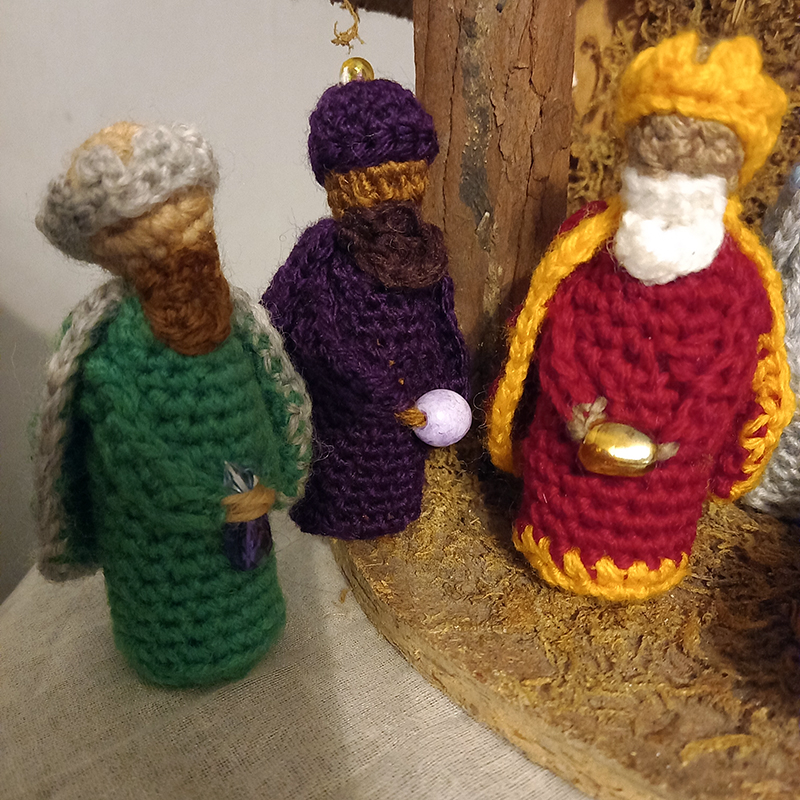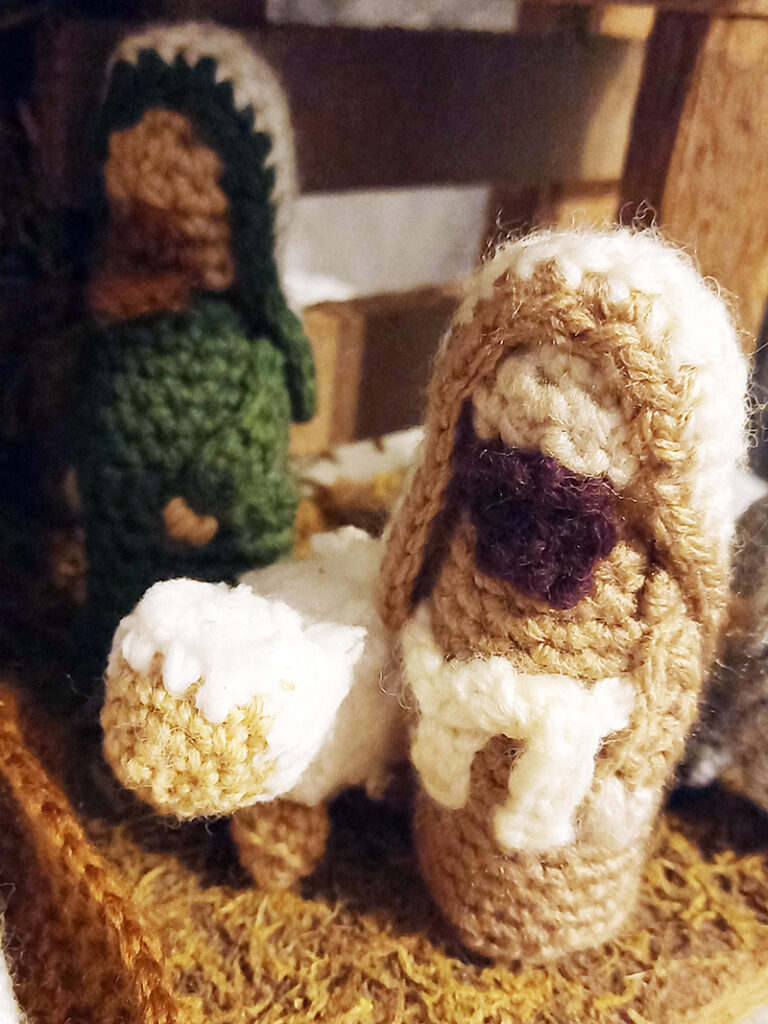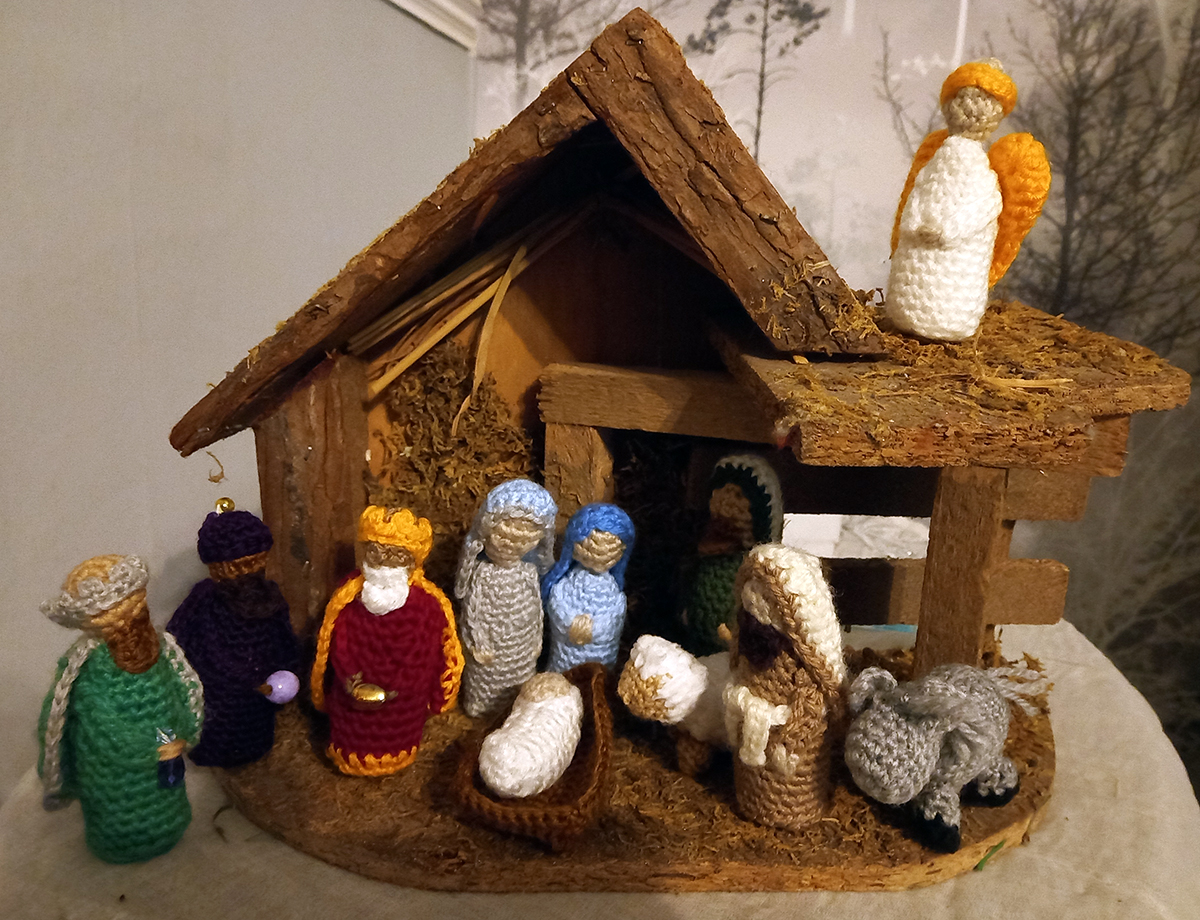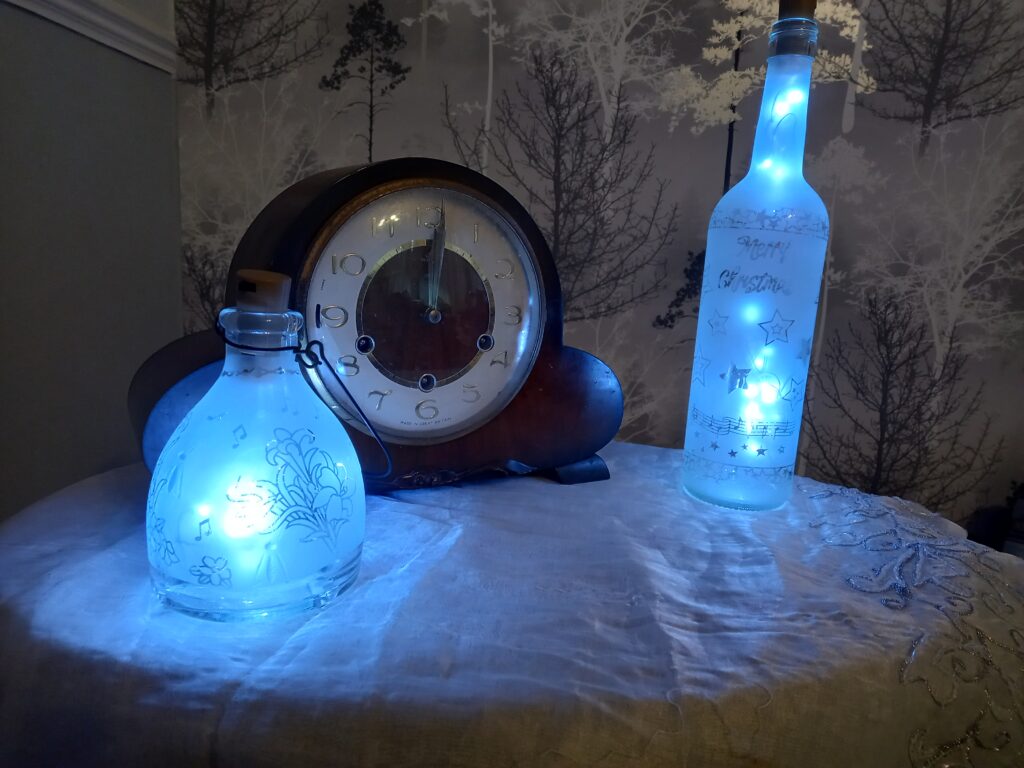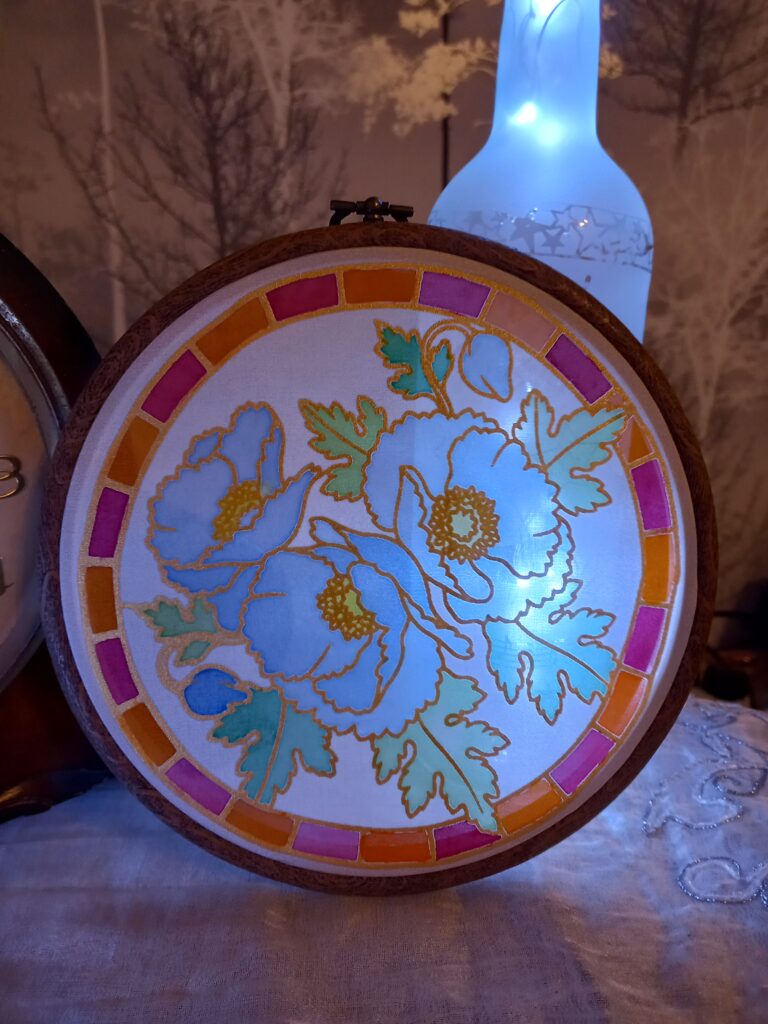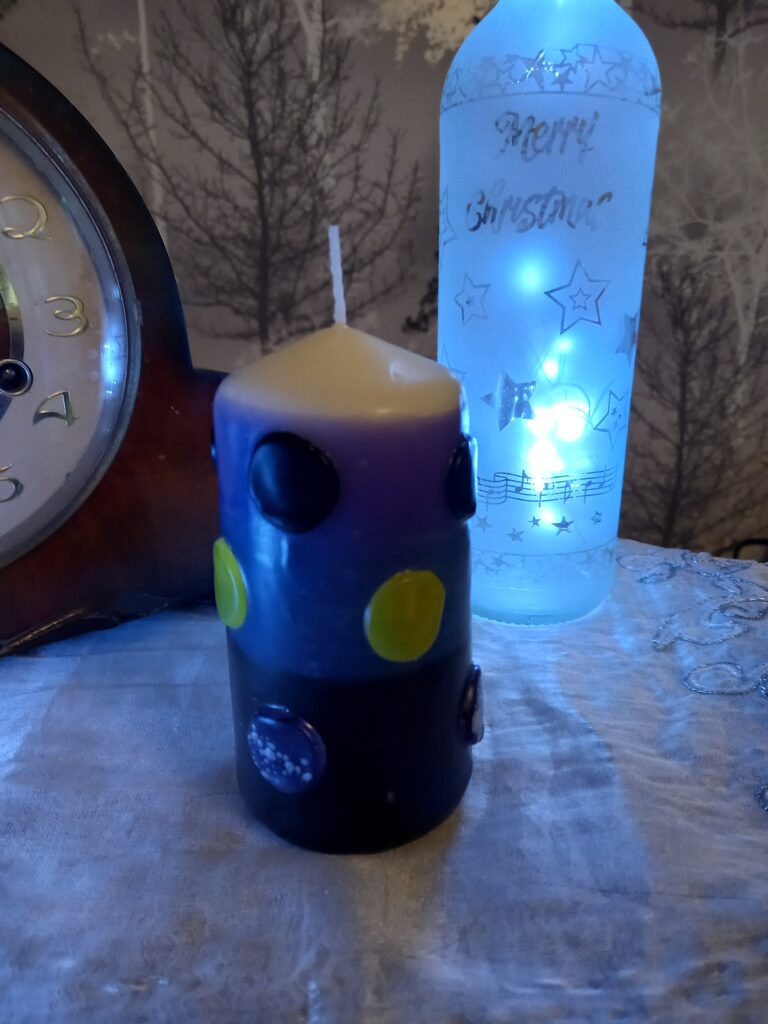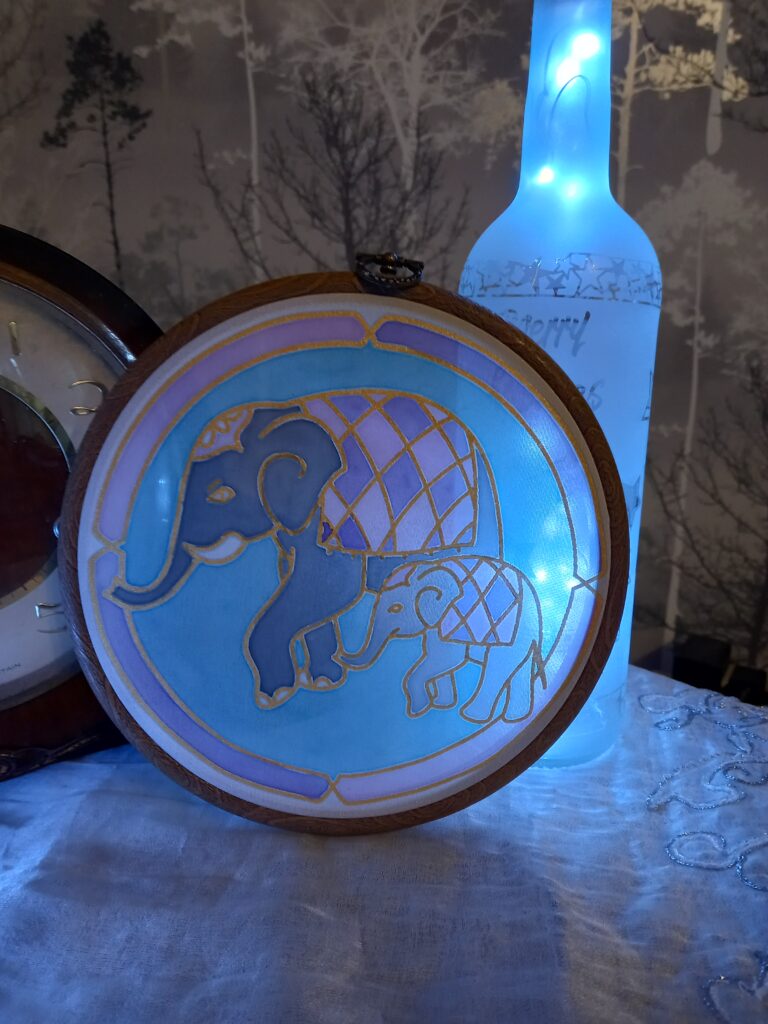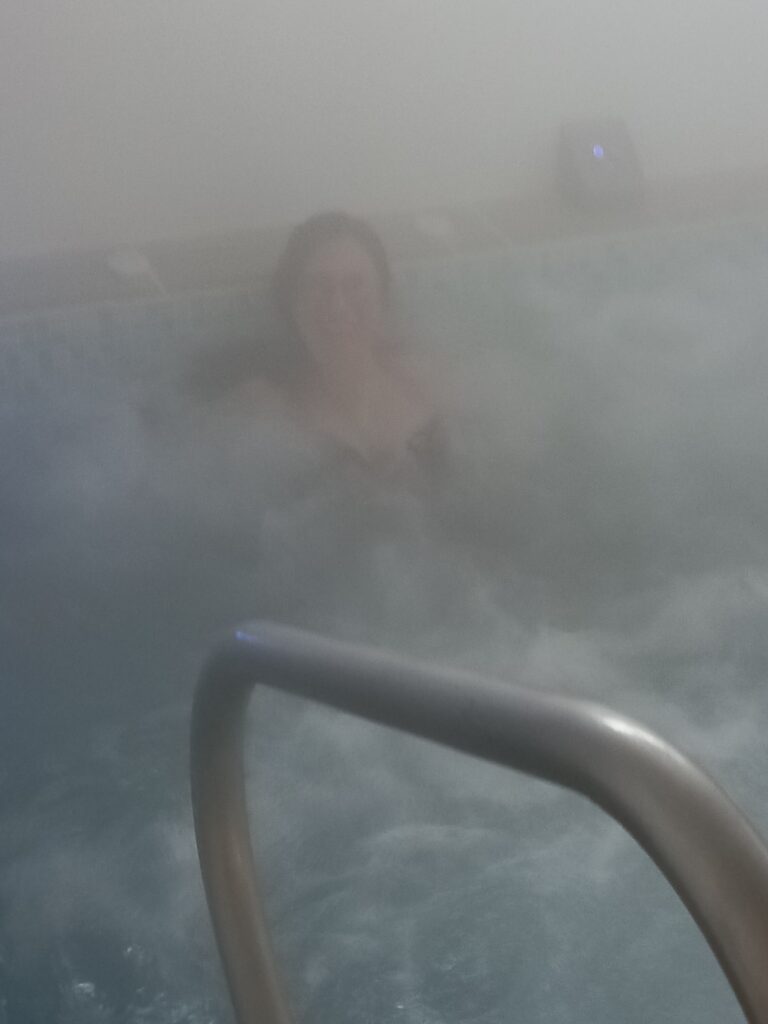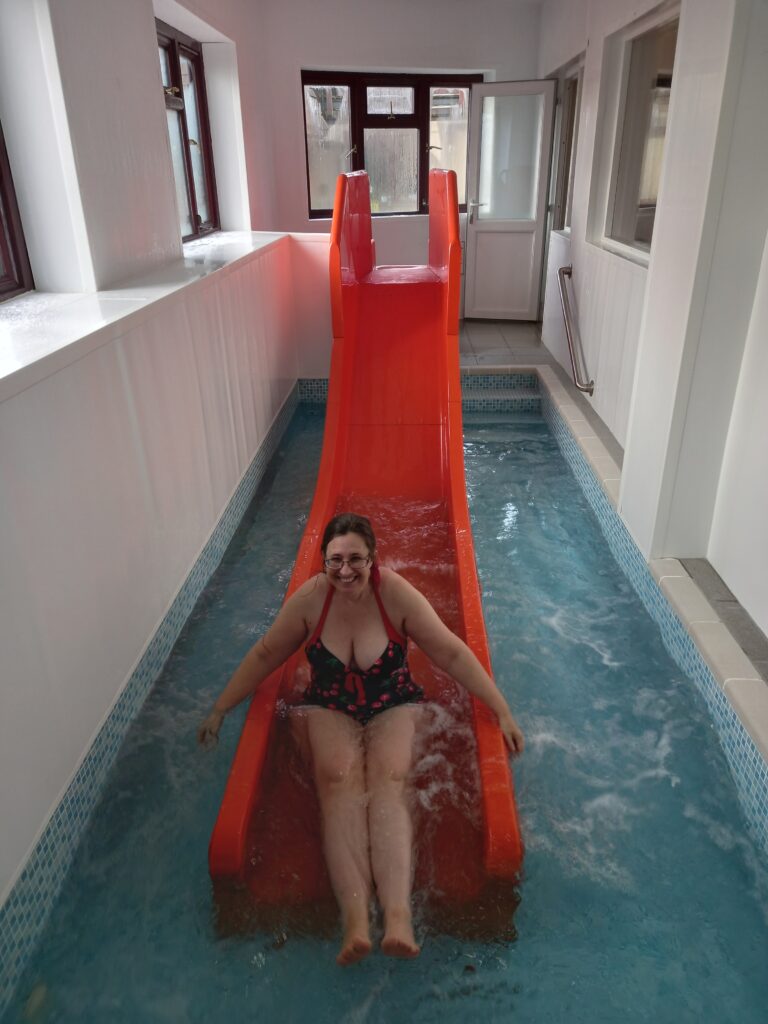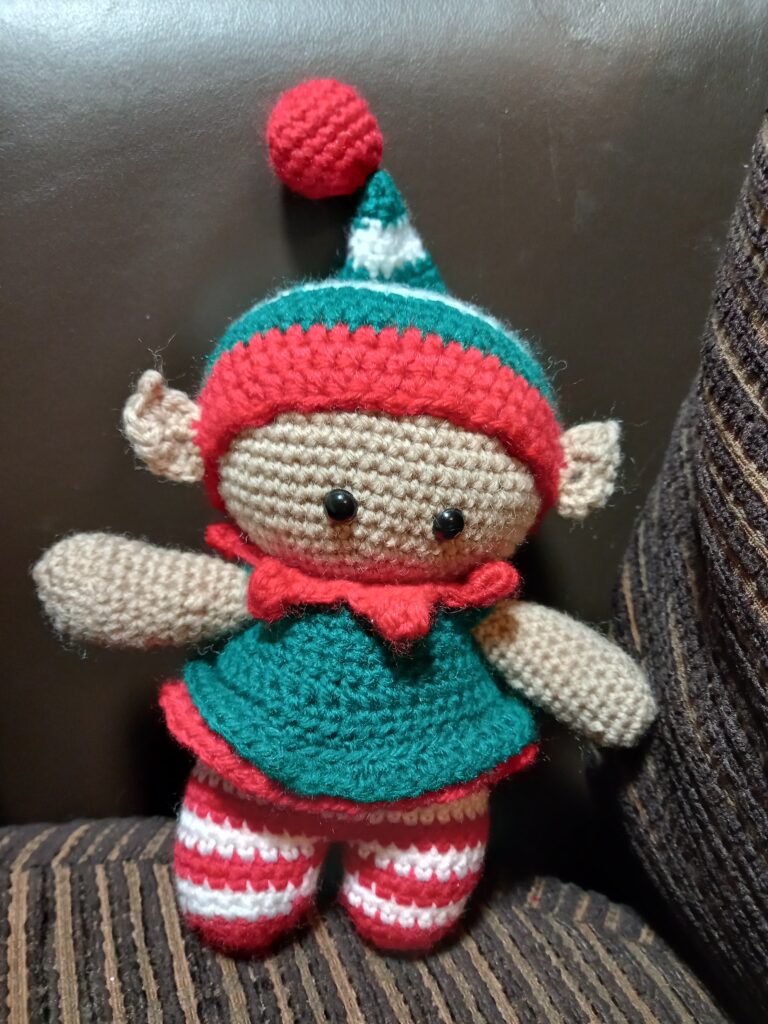OK, to many readers this might seem like a stupid question, but there are no stupid questions, only stupid ways of dealing with the answers. According to Wikipedia “crochet is a process of creating textiles by using a crochet hook to interlock loops of yarn, thread, or strands of other materials,” but it would be a sorry old article if I just reproduced the Wikipedia article here.
Random reader: “That’s what a lot of websites do!”
Wooly Combe: “Well this isn’t a lot of websites!”
Besides, that definition on the Wiki page is just a quote from a dictionary anyway.
By the way, if you’ve only ever seen a word written down, you don’t get to know how it is pronounced. Crochet comes from French, and for that reason the CH is soft and we don’t pronounce the T at all. So it’s “Crow-Shay”. N.B. You can get the pronunciation even better if you drink a bottle of red wine* and smoke 40 Gitanes** first, then attempt to say it while chewing a mouthful of pain-au-chocolat.
*Alcohol is harmful to health.
**Ciggies are even worse.
Anyway, this whole thing about crochet being a French word is an oversimplification. Just as England was invaded by Angles and Saxons so France was invaded by Franks. And their word for a hook was “krok”. The word can be traced all the way back to Proto-Indo-European, which is why it crops up in so many langaugages.
The “et” on the end is a diminutive, so crok-et (which later became crochet) is a little hook. Not to be confused with a crotchet, ♩, which is a small musical note that looks like a little hook, or with croquet, which is a game in which you bang a ball though a hoop using a mallet. I believe the name refers to the hoop, and not an early form of the mallet. There’s no evidence that the game began among bored shepherds. And, by the way, it’s also not the same as a shepherd’s crook which is a bit too large for crochet, although ironically, crochet needles are sometimes referred to as shepherds hooks. Isn’t etymology fun?
Right, to the point. Crochet is similar to knitting in that it produces a fabirc from intertwining yarn in specific ways, but it differs in a number of fundamental ways. The most obvious of these is that it uses a single needle with a hook at the end to pass yarn through its own loops to form each stitch. In crochet, usually, each loop is closed off as it is done, whereas that is not the case in knitting. What is especially curious is that crochet appears to have emerged only fairly recently, the earliest record being from the late eighteenth and early nineteenth centuries. Knitting is known to have existed for many centuries longer, dating back to the eleventh century. Even older than both of these techniques is something called nålebinding, of which I had never even heard until researching this article. I won’t get too bogged down on it, but it seems to be a laborious method compared with either knitting or crochet, involving pullin the entire yarn through each knot. I’m, I can’t even …
Another vaguely similar process is lace making. Often, the more delicate forms of crochet, using a small hook and fine yarn, can look a lot like lace, but the process is certainly different. Traditional lace is made either using bobbins or needlework. However, crochet and indeed knitting, have also been used to produce lace type fabrics.
The popularity of crochet, and knitting, appears to have increased significantly in rcent years. Possibly the exploits of Olympic champion Tom Daley at the poolside may have helped. Or perhaps it is the people yarnbombing postboxes with decorative covers. Whatever the reason, tying little knots in lengths of wool to make stuff has become a hugely popular past-time. You can easily do it while watching TV or chatting to friends. And the choice of patterns available, many of them free, is astonishing. Sometimes it is worth paying a little extra to get the best ones. You are also free to create your own designs, once you have mastered the basics.

